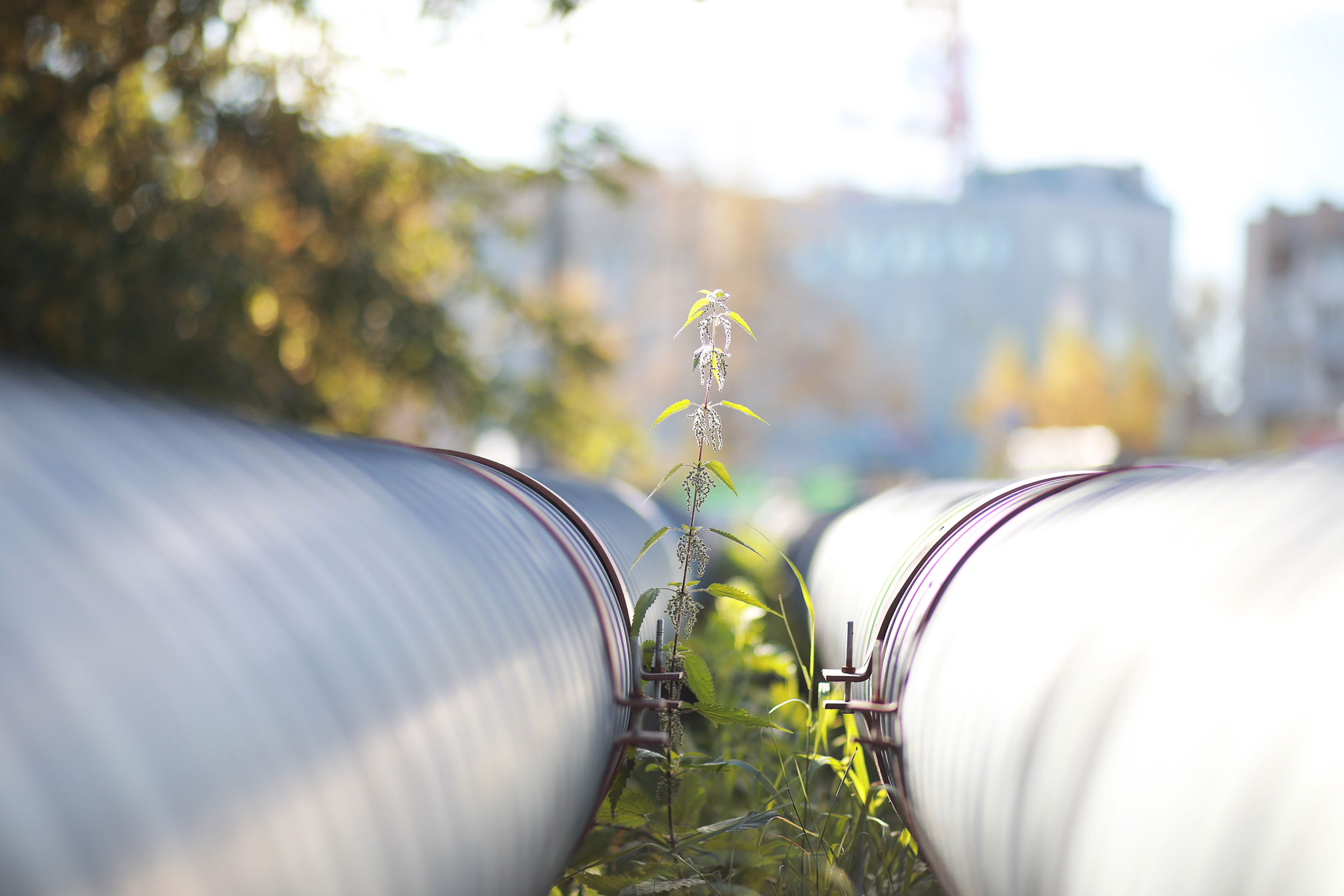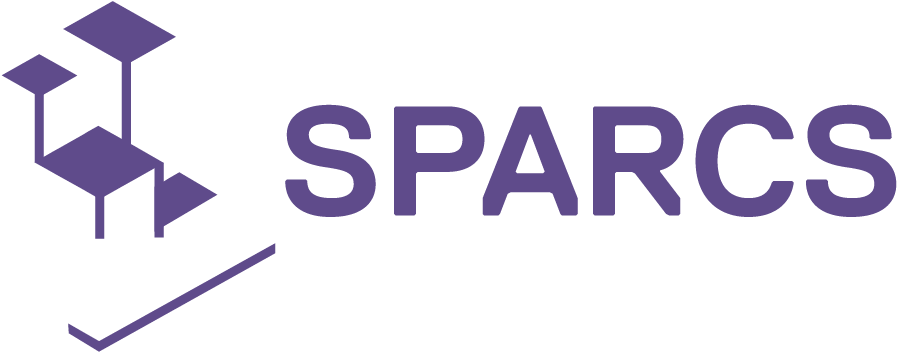District heating from waste heat: Leipziger Stadtwerke draws initial conclusions
How CO2-free district heating can be realised in “Leipzig West”: this is what Leipziger Stadtwerke is investigating as part of the SPARCS sub-project for developing energy-positive apartment buildings. For this purpose, the project team analysed various scenarios on how the share of renewable energies in the district heating network can be increased. One work package dealt with the recording and evaluation of the waste heat potential within city boundaries for integration into the central district heating network. We already have the first findings.
In the first stage of the project, Leipziger Stadtwerke developed a concept for locating potential inner-city waste heat sources – e.g. data centres, foundries, laundries, etc. Based on this, Leipziger Stadtwerke was able to identify over 90 businesses within the city boundaries that could potentially generate suitable and usable waste heat. The aim was to evaluate and classify them in a nuanced way with regard to their waste heat potential. To do this, the SPARCS project team made use of the companies’ cooperation: in the first quarter of 2022, they received an information brochure on the topic as well as a checklist in which they could enter the plants in question with the associated parameters. On this basis, each plant or the company as a whole was then to receive a key figure which indicates the specific waste heat potential.
In light of the current energy crisis, there would be a clear interest in knowing this, and you could assume that the businesses would be very willing to cooperate. However, the number of responses was significantly lower than expected. For this reason, the SPARCS project team decided to concentrate on the ten most important or most promising companies/institutions from that point onwards. These are a large-scale bakery, a brewery, a data centre, a laundry centre, businesses in the chemical industry as well as clinics and research institutes.
In order to gain the nuanced collection and optimal evaluation of the waste heat potential of these businesses, Leipziger Stadtwerke secured the support of the Forschungsstelle für Energiewirtschaft (FfE) e. V. (Munich), with which they already collaborate as part of the municipal heating planning for the city of Leipzig.
The communication with these ten organisations and the collection and evaluation of their respective waste heat potential are still ongoing. However, we can already say that the theoretical waste heat potential is around 2.5 MW and 12 GWh/year. This theoretical potential could be used to heat around 1,400 homes.
It is true, the temperature level of most waste heat potentials is below 40 degrees Celsius and therefore not suitable for feeding into Leipzig’s district heating network. However, they can definitely be used in decentralised district solutions (local heat), if supplemented with a heat pump, for instance.
Once the corresponding key figures for the respective waste heat potentials of the organisations are known, the next step is to clarify the technical and economic feasibility. This must also take place for each organisation separately, as the individual requirements may be very different: from the waste heat temperature to the waste heat output to the business-specific, fluctuating occurrence of waste heat (i.e. the frequency that waste heat is produced), not to mention the distance from the respective place of consumption and its heat requirements.
Firstly, there is the question of whether and to what extent the waste heat can be used directly within the business itself. Leipziger Stadtwerke would then only utilise the proportion of waste heat which cannot be used internally. A heat pump and, if applicable, a heat store must be installed on site to transfer this to the respective local heat network. The heat store is used to compensate for possible peaks if the frequency of waste heat fluctuates.
In general, it appears that the potential of this technology is rather low in Leipzig’s urban area – particularly when compared with “classic” industrial cities or regions such as the Ruhr Valley, Rhine-Neckar area, Ingolstadt, and others, where a significantly greater amount of usable waste heat is generated. However, as the technology is definitely future-proof, Leipziger Stadtwerke will continue to pursue the approach, even beyond the SPARCS work package. To do this, the waste heat potentials in the area surrounding Leipzig must be identified and, if applicable, used in a targeted manner – the best example of this is the planned district heating route from the Leuna chemical complex to Leipzig, which Leipziger Stadtwerke wishes to take advantage of to utilise the waste heat from the TotalEnergies refinery to supply heat to the Leipzig population. Because the primary goal is to make Leipzig’s district heating completely climate-neutral by 2038 at the latest. Leipziger Stadtwerke owes its thanks to the SPARCS work package for evaluating the waste heat potential within the city limits for their valuable findings and experiences which they can build upon in the coming years.

